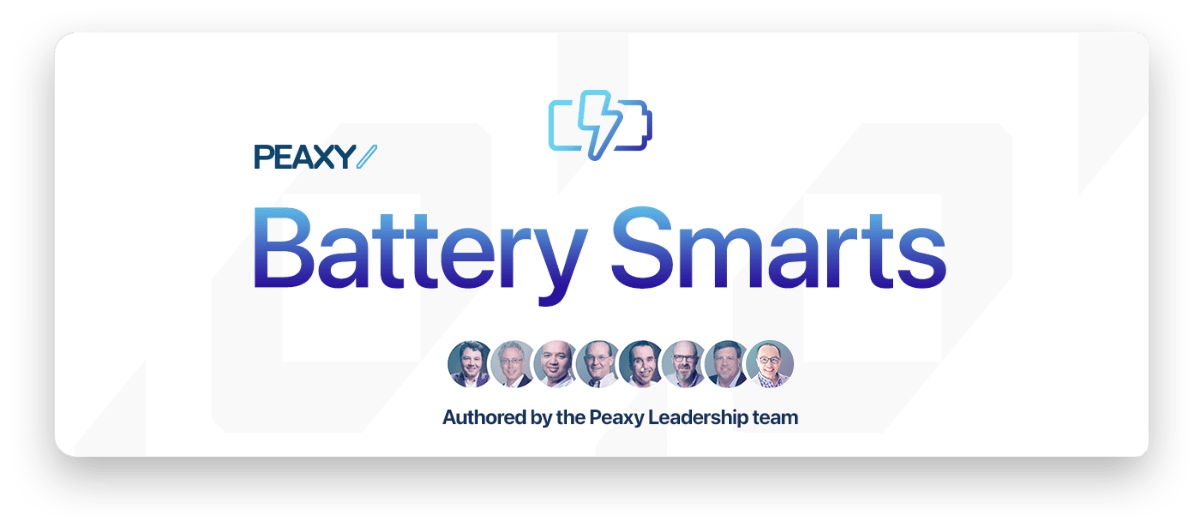It all started with the windmill.
Remember Cervantes’ classic, Don Quixote? “Take care, sir,” cried the knight’s right-hand man Sancho when Quixote prepares to attack. “Those over there are not giants but windmills. Those things that seem to be their arms are sails which, when they are whirled around by the wind, turn the millstone.”
Today we’re still tilting at windmills, but we’re doing it with data instead of a lance. It is predicted that the world’s electricity demand will grow by 50 percent over the next 20 years, and people want to get there by using reliable, affordable and sustainable power sources like wind.
A typical wind farm consists of hundreds of wind turbines spread over expansive land areas. Wind turbines are complex, typically containing more than 8,000 components and dozens of sensors. Huge blades and towers are anchored to massive steel platforms measuring 30 to 15 meters across and 6 to 10 meters deep. These turbines continuously transform kinetic wind energy into electricity.
A digital twin of a wind farm is a virtual representation of the physical counterpart. It is a voracious data eater, constantly ingesting simulations, models and field data from turbine sensors. When it’s running correctly, the digital twin works to optimize design and monitor performance/operation of the entire wind farm.
Configuring a Wind Farm Using Model Orchestration
Digital twins can be used to plan and configure a wind farm. Customers want to understand and predict key performance indicators (KPIs) attached to particular asset configurations (pole height, rotor diameter, turbine output, etc.) Economic KPIs like cost, build schedules, net present value (NPV) and other useful metrics are aggregated and orchestrated by the digital twin. Think of that digital twin as a virtual representation of a particular wind farm configuration. With the predictive power that comes from all of this analytics work, customers can save weeks, or even months of configuration work.
Maximizing Turbine Operations
A digital twin is designed to continuously ingest real-time data from the physical wind farm and compare it to modeled or simulation data. Sensors can monitor a turbine shaft’s axial and radial rotations, levels of vibration that could cause damage, changes in temperature, pressure and mechanical stresses. Once the digital twin aggregates and analyzes the incoming data, it can suggest efficiencies. This kind of data represent the building blocks of a condition-based maintenance (CBM) regime that will save the wind-farm operator millions over time.
Take Away
Digital Twins give wind farm operators an edge in optimizing performance and repair schedules. When a digital twin incorporates economic models as well as physical behaviors of a system, customers can quickly see the best possible configuration for their needs.
